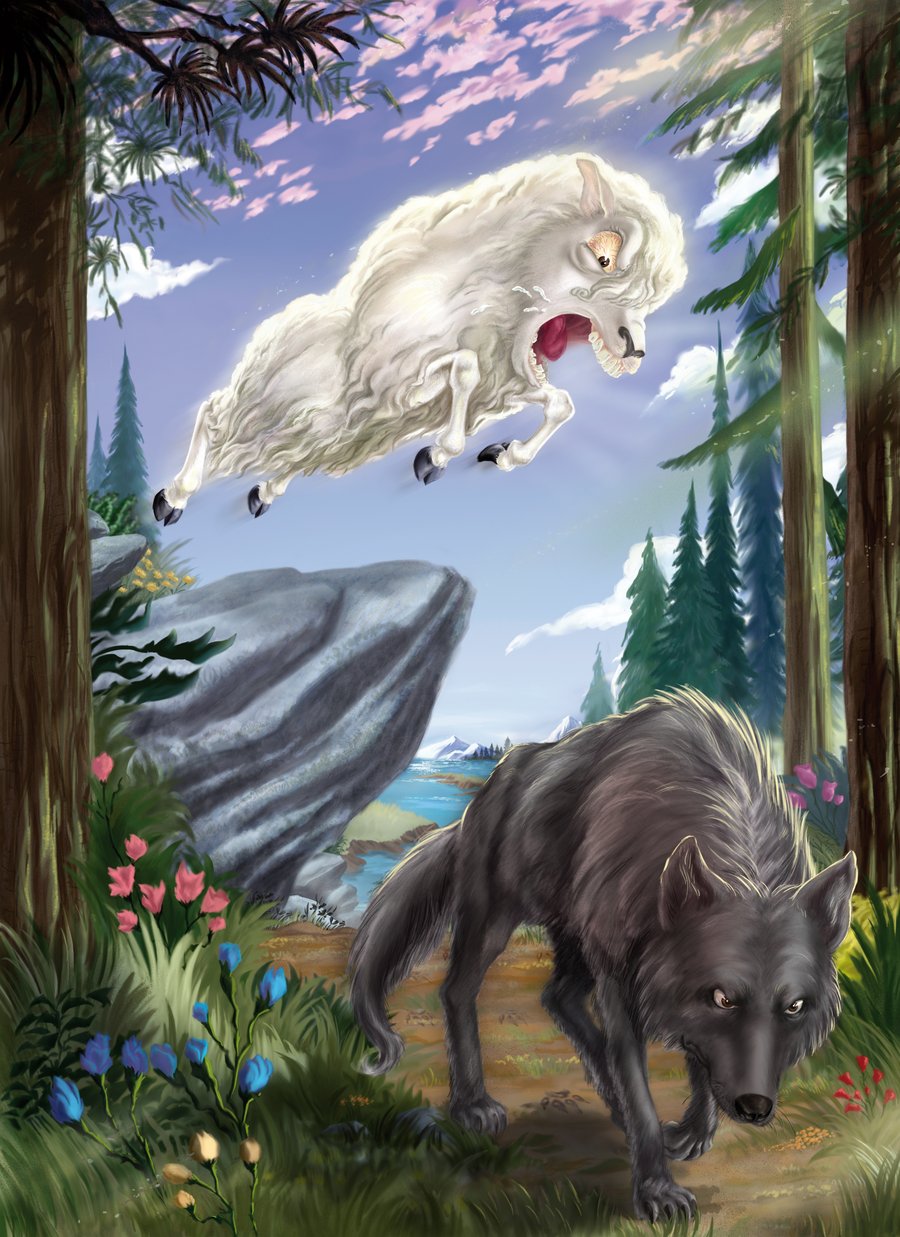
Although they dropped the moniker "Boyington's Bastards," the squadron still retains the black bar of bastardy across its shield. Major Boyington and Major Stan Bailey were given permission to form the unassigned pilots into a squadron, with the understanding that they would have less than four weeks to have them fully trained and ready for combat. The pilots ranged from experienced combat veterans, with several air-to-air victories to their credit, to new replacement pilots from the United States. DeChant then suggested the call sign "Black Sheep" because the expression meant essentially the same thing. The following day, this new label was presented to the Marine Corps public information officer on the island at the time, Captain Jack DeChant, and found to be unacceptable because civilian newspapers would never print it. Originally the squadron called itself "Boyington's Bastards" after its new commander, the fact that all of the pilots had been "orphans" and not attached to a squadron when they got together, and the fact they possessed few reliable planes and no mechanics. On the evening of September 13, 1943, the men of VMF-214 gathered in their commanding officer's hootch during which time it was suggested that they needed a nickname. The squadron was not assigned any aircraft or ancillary personnel at first and flew to Guadalcanal and later the Russell Islands in borrowed planes that were in less than satisfactory condition.

#Dark sheep attack plus#
Boyington is officially credited with 6 kills in China, plus another 22 kills with the Blacksheep, for a total of 28. Major Boyington had just returned from a year's tour in China as a member of the 1st American Volunteer Group commonly called the Flying Tigers, where he was credited with downing multiple Japanese aircraft. From Guadalcanal they would be moved to Munda and Vella Lavella. From Espiritu Santo the squadron was moved forward to Guadalcanal and Henderson Airfield in the Solomon Islands. There Major Gregory "Pappy" Boyington ( Medal of Honor, Navy Cross) took command of the 27 pilots that became the original "Blacksheep" of VMF-214. Initially called the "Swashbucklers," the squadron was moved to Turtle Bay Airfield on Espiritu Santo in the New Hebrides in August. The unit was commissioned as Marine Fighter Squadron 214 (VMF-214) on July 1, 1942, at Marine Corps Air Station Ewa on the island of Oahu, Hawaii. History Vought F4U-1A Corsair, BuNo 17883, of Gregory "Pappy" Boyington, the commander of VMF-214, Vella Lavella end of 1943 World War II Provide offensive air support, armed reconnaissance, and air defense for Marine expeditionary forces.

Its World War II exploits and the memoirs of commanding officer Colonel Gregory "Pappy" Boyington inspired the 1970s television show Baa Baa Black Sheep, later syndicated as Black Sheep Squadron.

The squadron is known as the Black Sheep. The squadron is based at Marine Corps Air Station Yuma, Arizona, and is under the command of Marine Aircraft Group 13 (MAG-13) and the 3rd Marine Aircraft Wing (3rd MAW). Marine Fighter Attack Squadron 214 (VMFA-214) is a United States Marine Corps attack squadron consisting of Lockheed Martin F-35B STOVL jets and before that AV-8B Harrier ( V/STOL) jets.


 0 kommentar(er)
0 kommentar(er)
